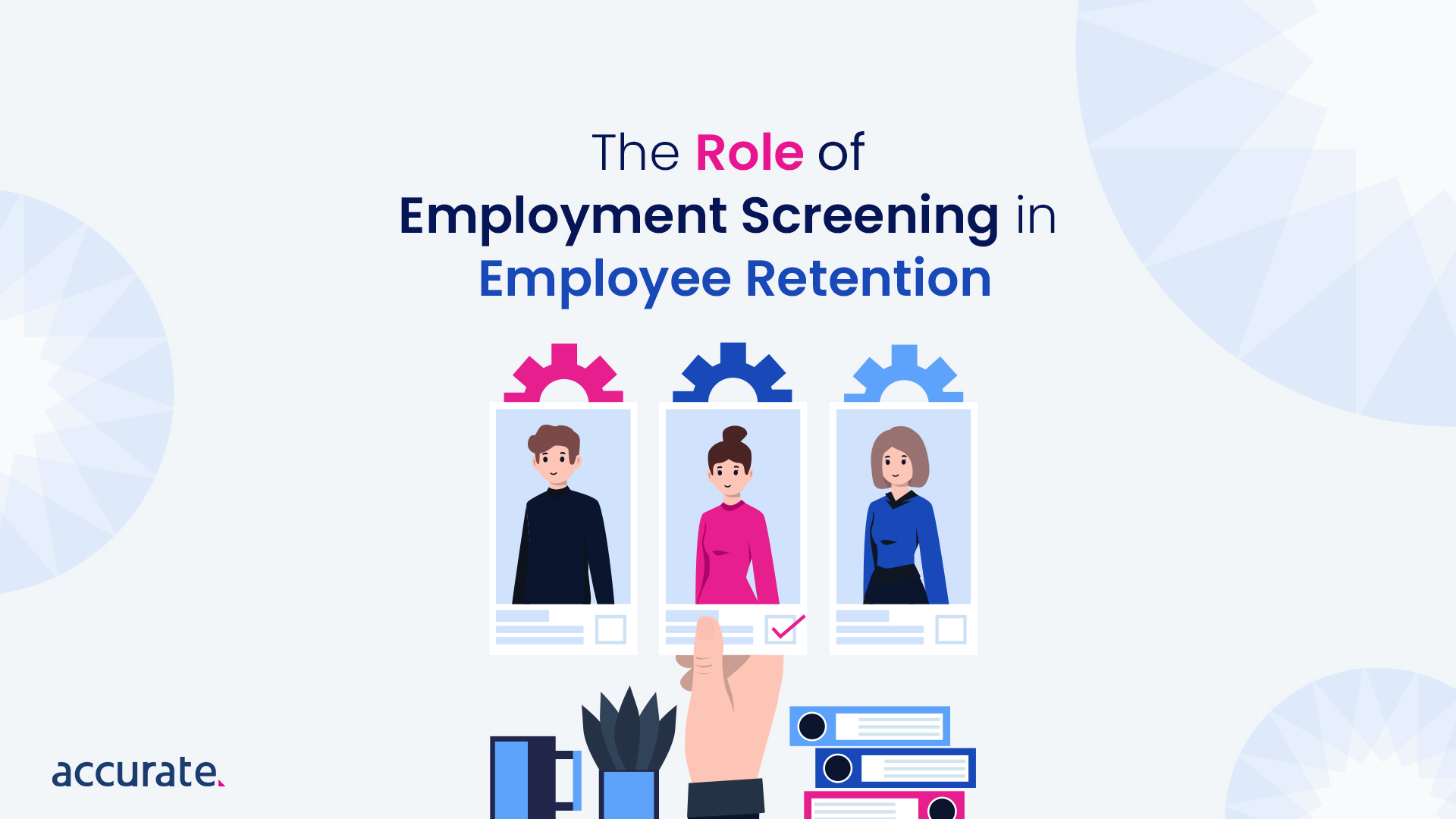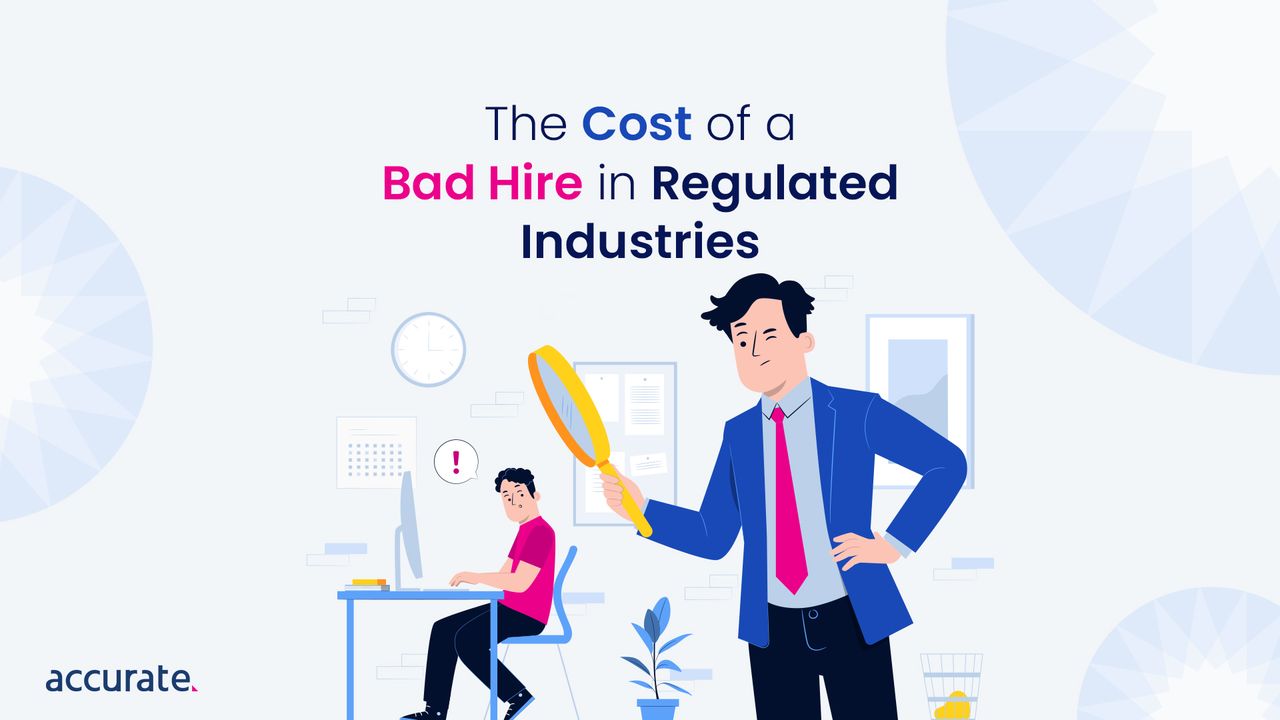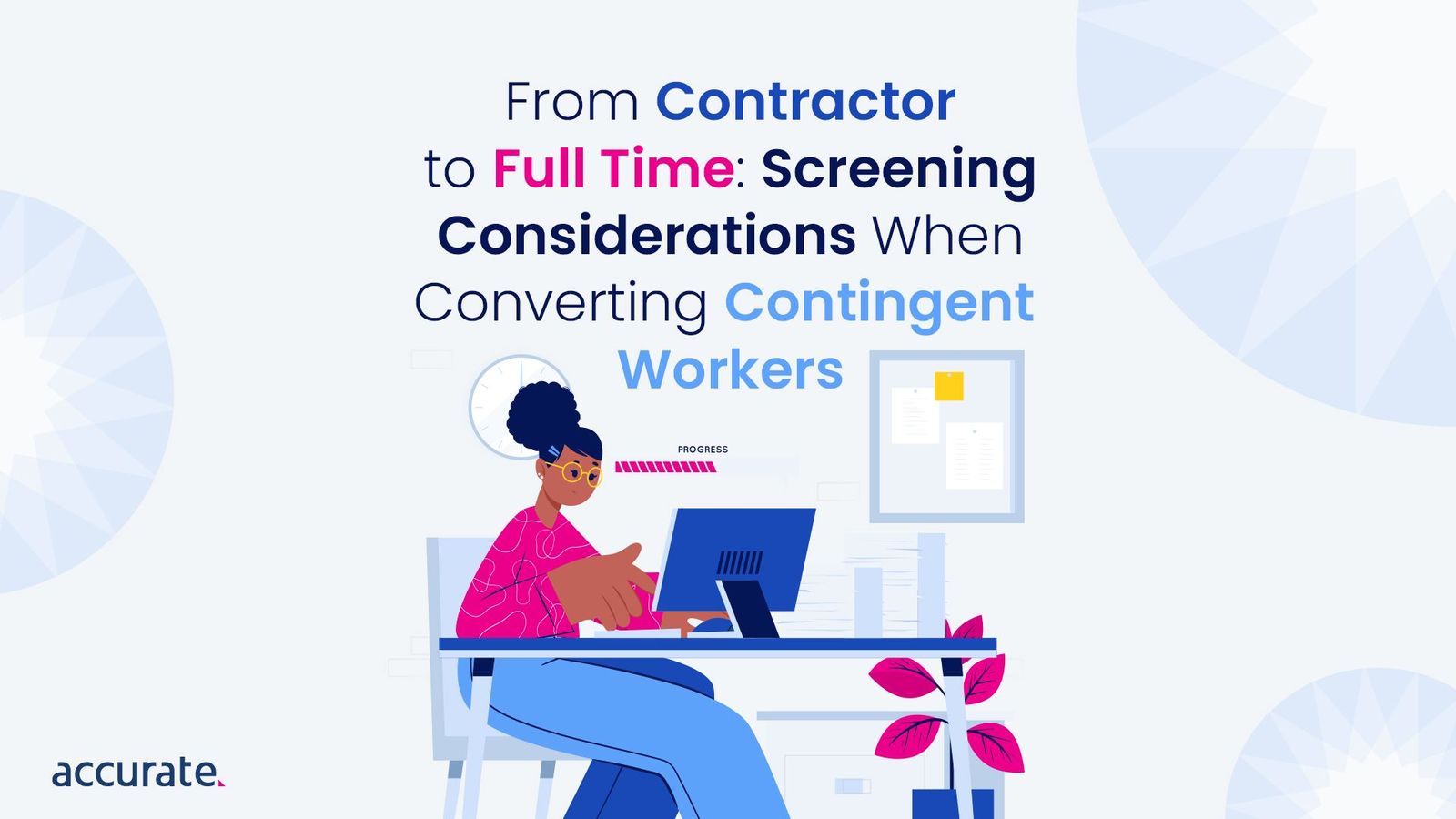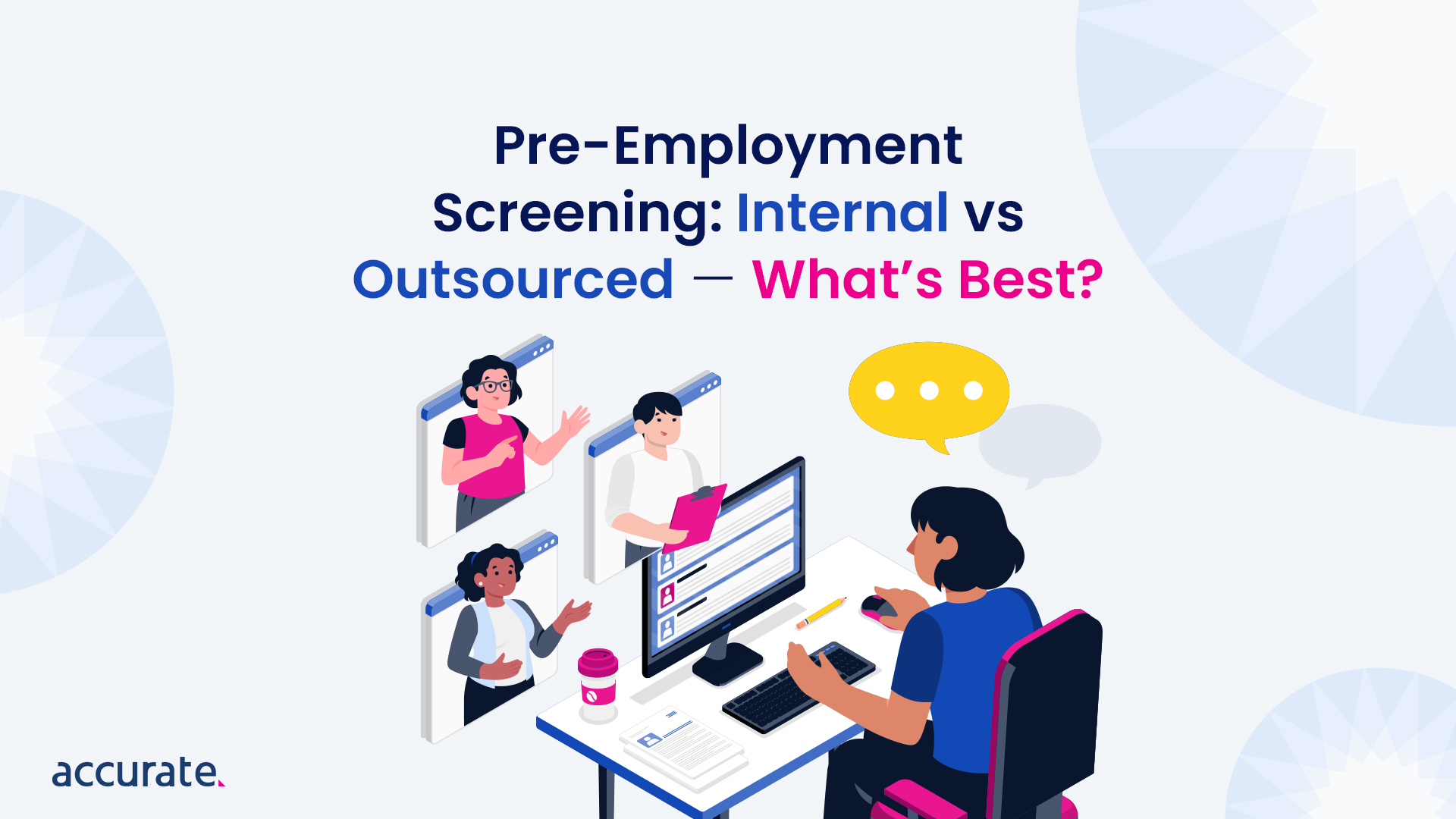Employee turnover is a problem many Australian businesses face. Recruiting and training new staff constantly is expensive and can also affect team morale.
In today’s competitive market, where top talent is hard to keep, employee retention is more important than ever. Many employers don’t realise that retention starts right from the beginning – with making the right hiring decisions. This is where employment screening comes in.
Employment screening verifies a job candidate’s background and credentials to ensure they are qualified and suitable for the role. It’s not just a compliance exercise; it’s a strategic approach to hiring that provides a strong match between the candidate’s skills, experience, and values and the role and culture of the organisation.
The Cost of Employee Turnover
Before we get into how screening supports retention, here are some stats on the cost and prevalence of employee turnover in Australia:
- Replacing an employee can cost between 50% to 200% of their annual salary, depending on the role and industry
- 78% of Australian and New Zealand employers reported higher turnover in 2022-23
- 1 in 5 Australian organisations had turnover rates above 20% in 2022-23
- 13% of employers said job dissatisfaction or pay was the main reason for turnover
These stats show how big and costly the turnover problem is for Australian businesses. With high replacement costs and reasons for leaving outside of pay, a proactive approach to hiring and retention is needed.
How Employment Screening Supports Retention
Thorough pre-employment screening benefits employee retention in several ways:
1. Hiring the Right Candidates
In-depth screening helps employers identify and hire candidates who are actually right for the role and the organisation’s mission and values. This fit is key to employees staying engaged and committed long-term.
When screening is targeted to the role, responsibilities and risks, it’s a much closer match than relying on resumes and interviews alone. Verifying candidates’ credentials, educational background, skills, and experience through reference checks, qualification checks, and other relevant assessments gives a more objective and comprehensive view of their suitability.
2. Avoiding Negative Outcomes
On the other hand, hiring employees who are unqualified, unethical or not suited to the team can have negative impacts that drive turnover. Bringing in a bad hire can:
- Disrupt team dynamics and collaboration
- Lower overall productivity and quality of work
- Damage morale and job satisfaction for other employees
- Increase stress and conflict in the workplace
Screening helps employers avoid these negative impacts by filtering out candidates who may have misrepresented their skills, have criminal history or demonstrate behaviours that don’t align with the organisation’s values. This protects the engagement and retention of the rest of the team.
3. A Safe Work Environment
Background checks are also important for creating a work environment where employees feel physically and psychologically safe. Screening for criminal history and thorough reference checks can identify candidates with violent or unethical behaviour that could put other employees at risk.
When employees feel their employer has created a safe workplace and they can trust their colleagues, they’ll stay with the organisation long term. In fact, a study by the Society for Human Resource Management found that feeling safe at work was one of the top 5 contributors to job satisfaction.
Retention-Focused Screening Best Practices
To use pre-employment screening for retention, we recommend implementing these straight-forward practices:
| Screening Practice | Retention Benefit |
| Target screening to the role requirements and risks | Candidates have the specific skills, experience and traits to succeed in the role long-term |
| Screen all candidates in a role | Fair and accurate evaluation of all candidates against the same criteria for an equitable and inclusive hiring process |
| Make it quick and clear for candidates | Don’t deter qualified applicants with a long, complicated or unclear process that damages the employer brand and candidate experience |
| Use third-party screening providers | Quality, compliance and security of screening practices and candidate data, trust |
| Review and update screening practices regularly | Continuous improvement of the screening process based on data and feedback from candidates, hiring managers and other stakeholders |
Conclusion
In today’s tight job market, employee retention is top-of-mind for Australian businesses. Pre-employment screening is a key tool for employers to improve retention by hiring candidates who are truly qualified and aligned with the organisation.
Plus, screening helps build a more engaged, productive and loyal workforce by:
- Matching candidates to the role
- Avoiding the negative impacts of bad hires on the team
- Creating a safe work environment of trust
We encourage all HR professionals and business owners to review their current recruitment process and consider how implementing best-practice employment screening can help increase their retention rates. For support with this, contact us today.
DISCLAIMER: Accurate prepared these materials for informational purposes only. These materials are not intended to be comprehensive and are not a substitute for, and should not be construed as legal advice. Accurate does not warrant any statements in these materials. Employers should direct questions involving their organisation’s compliance with or interpretation or application of laws or regulations and any additional legal requirements that may apply to their own legal counsel.



